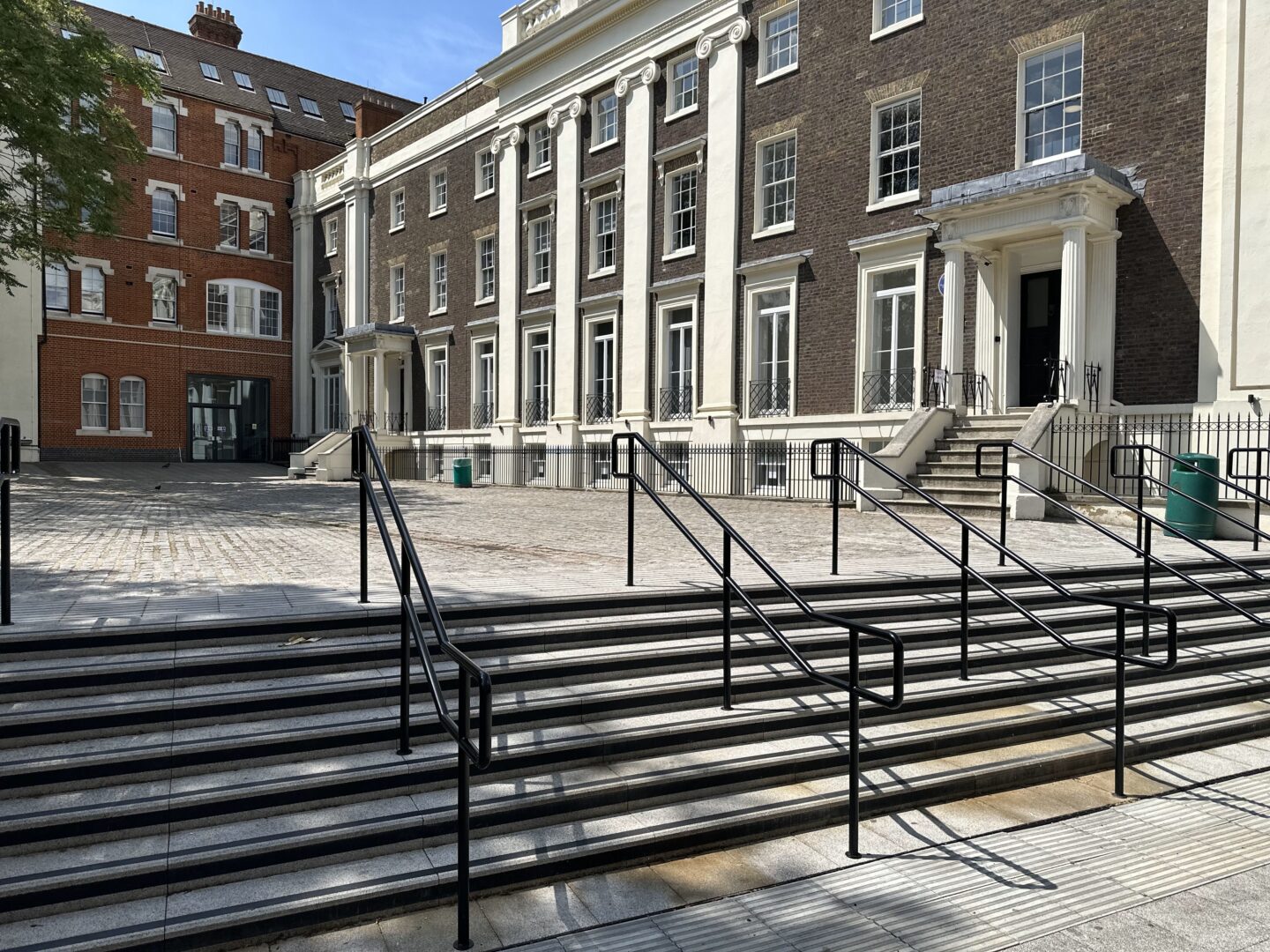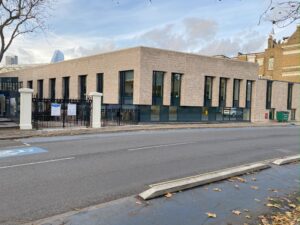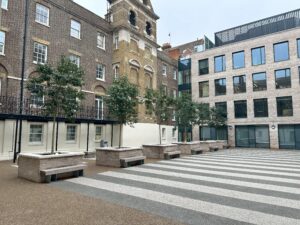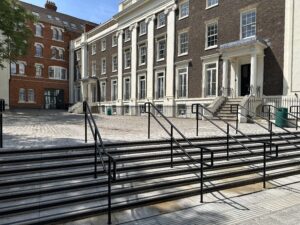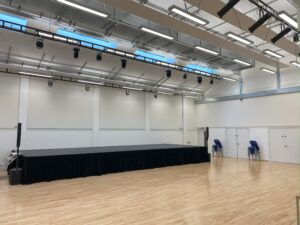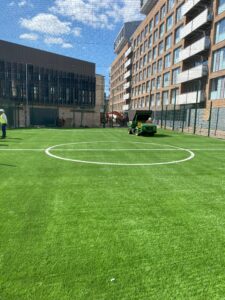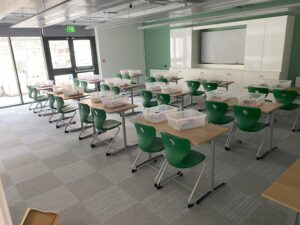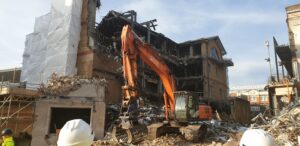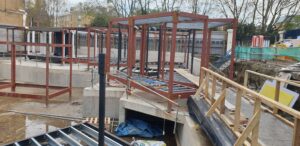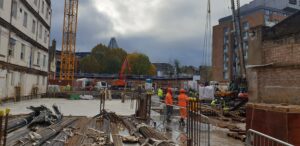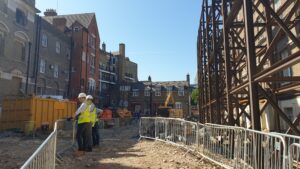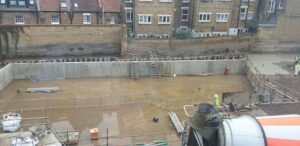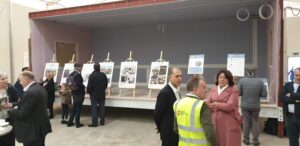The construction of Borough Academy in Southwark, London, was a complex and large-scale project that spanned approximately three years, requiring meticulous planning, coordination, and execution across multiple phases. From a construction project management perspective, the delivery of this project involved ensuring that the academy was built on time, within budget, and to the required quality standards, while managing risks, stakeholders, and regulatory requirements.
Here’s a breakdown of the key phases and activities involved from a project management standpoint:
1. Initiation and Planning Phase (2016–2018)
- Project Feasibility and Site Assessment: The first task in the project was conducting a feasibility study to ensure the site was suitable for the construction of the academy. This involved assessments of site conditions, environmental factors, zoning laws, and the potential impact on the local community. The project team collaborated closely with Southwark Council and the Haberdasher’ Trust to align on strategic objectives.
- Stakeholder Engagement and Approvals: Early stakeholder engagement was critical. The project management team facilitated consultations with local authorities, educational leaders, and residents. This ensured that the project aligned with community needs while securing necessary planning permissions. Detailed documentation, including impact studies (traffic, environmental, etc.), was submitted to obtain approval from planning authorities.
- Project Scope and Budget Definition: Once approved, the project’s scope, timeline, and budget were clearly defined. A detailed project charter was created, outlining the goals, timelines, roles, and responsibilities of all involved parties. This stage also involved negotiating contracts with architects, designers, contractors, and suppliers. Clear procurement strategies and tendering processes ensured the selection of reputable contractors and suppliers.
2. Design and Pre-Construction Phase (2017)
- Detailed Design and Planning: The architectural and engineering teams worked to create detailed designs, including structural, mechanical, electrical, and plumbing (MEP) systems. Project managers coordinated between design teams and the client to ensure that the designs met functional requirements, sustainability goals, and local regulatory standards.
- Cost Management and Value Engineering: The project management team continuously monitored the budget during the design phase, applying value engineering principles where necessary to optimize costs without compromising quality or functionality. This included making decisions about materials, construction methods, and sustainability features.
- Risk Management and Scheduling: A comprehensive risk management plan was developed, identifying potential risks related to site conditions, regulatory delays, or unforeseen complications. The project schedule (typically using a Gantt chart or Critical Path Method) was created to map out each phase of the build, with specific milestones, deliverables, and contingencies.
3. Construction Phase (2019–2022)
- Site Preparation and Groundworks: The first physical phase of the project involved clearing the site, excavating for foundations, and ensuring all utilities were in place. This phase required strict adherence to health and safety standards, especially in a central London location. The project manager coordinated the groundwork and ensured the site met all safety regulations.
- Foundation and Superstructure Construction: The main construction phase commenced with laying the foundation, followed by the erection of the building’s framework. Managing subcontractors effectively during this period was crucial to ensure all structural work adhered to design specifications and safety regulations. Regular site inspections and project reviews were conducted to monitor progress and quality.
- Progress Tracking and Quality Control: During construction, the project manager maintained rigorous schedule control using tools such as earned value management (EVM) to track progress against time and budget. Regular quality control checks were conducted to ensure that the building materials, installation techniques, and overall construction met the required standards. Any issues identified were quickly addressed through corrective actions.
4. Fit-Out and Internal Systems Installation (2021–2022)
- MEP Installation and Infrastructure: With the main structure in place, the focus shifted to installing all essential systems – electrical wiring, plumbing, heating, ventilation, and air conditioning (HVAC). The project management team coordinated between various subcontractors to ensure these systems were integrated efficiently and safely, while adhering to regulatory standards.
- Classroom and Specialist Room Fit-Out: Simultaneously, work began on the internal fit-out of classrooms, science labs, arts spaces, and communal areas. The project manager ensured that the installation of all educational equipment and furniture was done according to the approved designs. Logistics were managed tightly, as deliveries and installation had to align with the project schedule to avoid delays.
5. Landscaping and External Works (2022)
- External Amenities and Play Areas: As construction neared completion, attention turned to external works such as playgrounds, sports courts, and green spaces. Landscaping teams were brought in to enhance the outdoor environment and create safe, welcoming spaces for students. This phase also included installing outdoor lighting, fencing, and other security measures.
- Health and Safety Compliance: A final round of safety checks and regulatory inspections was carried out to ensure that all external areas complied with local safety regulations and building codes. These inspections were vital for obtaining final approvals to open the facility.
6. Commissioning and Handover (2022)
- Testing and Commissioning: All systems, including HVAC, electrical, and safety systems (fire alarms, emergency lighting), were thoroughly tested and commissioned. The project team ensured that all equipment functioned properly, and any issues identified were resolved before handover.
- Final Inspections and Certification: The building underwent final inspections by local authorities and regulatory bodies to ensure compliance with building regulations, fire safety, and accessibility standards. Upon successful inspection, the building received its official certifications and approval to open.
- Handover to Client: The project management team completed a defects liability period, ensuring any minor issues were addressed after the formal handover to the client. The handover included all relevant documentation, such as as-built drawings, operation manuals, and warranties for equipment and systems.
7. Post-Completion Review and Lessons Learned
- Project Review: After the building was handed over and operational, the project management team conducted a post-completion review to assess the project’s performance against the initial objectives. Key performance indicators (KPIs) such as budget adherence, timeline accuracy, and quality control were reviewed, and lessons learned were documented for future projects.
In summary, the successful construction of Borough Academy required diligent planning, coordination, and management of all stakeholders and contractors. The project management team played a crucial role in delivering the academy on time and within budget, ensuring that the facility met all educational, safety, and environmental standards. Their ability to manage risks, adapt to challenges, and maintain open lines of communication with all parties was key to the project’s success.
